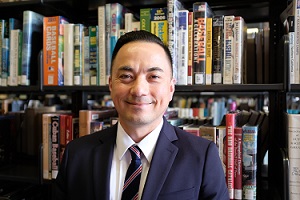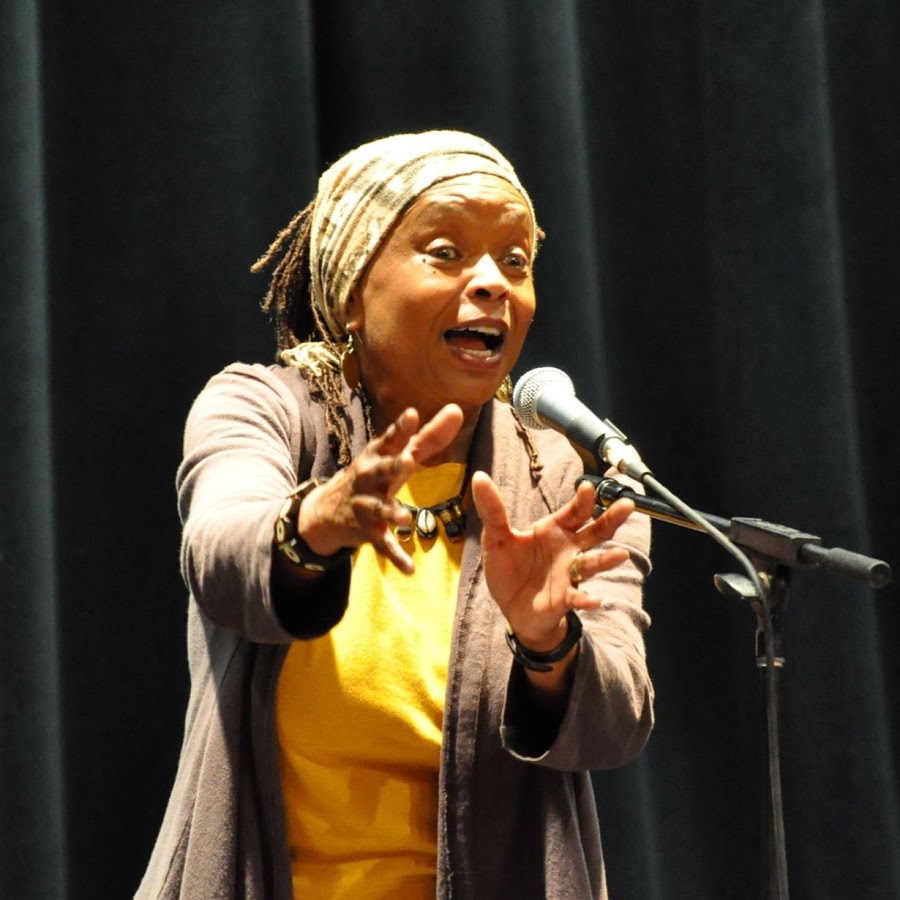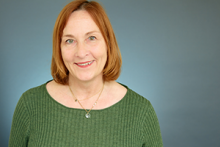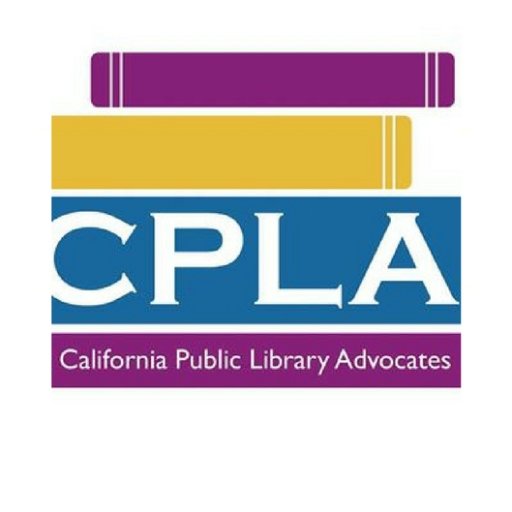When my mother took me for my initial visit to a bookmobile, I met my first activist: Mel Turner, the librarian who brought that vehicle to our neighborhood once every two weeks. Mel probably would have laughed at the idea that he was an activist, but his job of connecting books with readers—and readers with books—to open worlds up to us was as revolutionary an act as any that a five-year-old child could have imagined. Mel brought that bookmobile and my own world to life. He helped my mother inspire in me a lifelong love of reading, learning, and exploring the world. And he became a cherished friend—one I continued to visit whenever I went back to my hometown during a college break or, years later, to be with my family in that mid-sized Central California Valley city during holidays.
I think of Mel, his role as a lifelong-learning advocate, and all he brought to me through a friendship that eventually extended far beyond the walls of that tiny, miraculous vehicle again as I read scholar-speaker-writer-educator-advocate R. David Lankes’s fabulous article “The Lankes Corollaries.” Not surprisingly, the depths and passion with which Dave consistently addresses the role of libraries, librarians, and the communities they serve in contemporary society—as in his decade-old presentation “The Faithful and the Radicals” and so much of what he offers through his presentations and publishes in his books and on his blog—are fully on display here and certainly go a long way in reminding us that a) to ignore libraries is to ignore a community resource we continue to need and cherish, and b) to ignore the people who work in them—and use them—to actually make them libraries leaves us (mistakenly) believing that libraries have little to do with advocacy and activism, community-building, and supporting the common good.
There is much to unpack, admire, savor, and act upon in the article, but one part that makes me think of Mel—and Dave, and so many others who work in libraries and help make them what they are—is Dave’s contention that “a room full of books is a closet, but an empty room with a librarian serving their community is a library” (the third of his five corollaries); the bookmobile without Mel would not have been a library in its broadest, richest sense, and libraries onsite and online without the people who help us navigate them would be something far less transformative than they are. It isn’t as radical a concept as it might at first appear to be, and it helps us understand the difference between those lovely, ubiquitous little free libraries that have become neighborhood gathering places for readers and those spectacular “real” libraries where people nurture, support, and influence communities in positive ways—just as any activist/advocate attempts to do.
If you haven’t spent much time talking to librarians about what they do and how they attempt, through their day to day work, to change the world, it might be helpful to you to be introduced to a simple set of precepts that continues to influence and guide their work, and see how the Lankes Corollaries build upon those precepts—S. R. Ranganathan’s five laws of library science (from 1931):
- Books are for use.
- Every person his or her book.
- Every book its reader.
- Save the time of the reader.
- A library is a growing organism.
To these precepts, Lankes adds his corollaries:
- The mission of librarians is to improve society through facilitating knowledge creation in their communities.
- To be a librarian is to be a radical positive change agent with your community.
- A room full of books is a closet, but an empty room with a librarian serving their community is a library.
- Bad libraries build collections, good libraries build services, great libraries build communities.
- A library should be a safe space to explore dangerous ideas.
All of this goes far beyond the constraints of any particular political point of view. Libraries and librarians, in spite of all the conflict they are currently experiencing through book challenges and disruptions to public programming, remain incredibly committed to doing all they can to provide access to a variety of perspectives and resources—that is part of what members of library staff do as activists, and that’s part of what I do through my involvement in the California Library Association’s Ursula Meyer Library Advocacy training program (named after the librarian who for many years ran the public library system in the same town where Mel worked and where I grew up). As Dave notes in his Corollaries, this does not mean that libraries and librarians are neutral: “Picking what tools and services a community needs is not a neutral act and it never has been. Before the 1970s public libraries wouldn’t carry paperbacks. Before the 1910s many didn’t carry novels. Before that public libraries didn’t carry fiction at all. Libraries have always depended upon specialists to use limited resources to best meet both the needs and aspirations of the community. That is not a neutral act. Ranganathan might have written EVERY book its reader, but in reality, no library can collect EVERY book (or DVD, or 8mm film, or database subscription, or large print edition, etcetera, etcetera, etcetera).That’s obvious, but this corollary is more than recognition of the obvious, it is about action and activism. Librarians are people of action; actively seeking to make a better society one community at a time”—with the involvement of the community members who contribute to making a library a library.
So once again I think of Mel, of Dave, and all the other first-rate librarians I know or have known. I think about how through the work they do, they remain some of the most influential activists/advocates I have encountered. And I’m left with what Dave writes at the conclusion of his Corollaries: “In the United States library leaders often talk about libraries as more than books. I’ve never been a fan of this line. It implies that things the library does beyond books are still build on the foundation of materials. Yet the foundation of libraries should be the community libraries are seeking to serve. Ranganathan’s words talked about books and readers, but the spirit of his work was in service and communities.” And that’s where we all need to be. As activists. As citizens. And as fully participating members of our onsite and online communities.






 Posted by paulsignorelli
Posted by paulsignorelli 



 In your article
In your article  It actually started for me in the early 1990s, when I had the opportunity to work on the
It actually started for me in the early 1990s, when I had the opportunity to work on the 










![ALA_NewOrleans-280x210[1]](https://buildingcreativebridges.wordpress.com/wp-content/uploads/2011/06/ala_neworleans-280x2101.jpg?w=150)
